
The Dico Plant
400 SW 16th Street, Des Moines Iowa 50309
Des Moines’ abandoned wasteland…
The old Dico Plant
– As of August 2021 the plant buildings were demolished
The most sought after real estate in downtown Des Moines, Iowa is a contaminated abandoned wasteland.
Downtown Des Moines has seen an explosion of new housing, retail and office space. Add in the new trails and green space plus access to Gray’s Lake park (now connected by a pedestrian bridge to the North side of the Raccoon River), the new Gray’s Station is the hottest place in the city. But just to the north west of the trail sits the biggest eyesore… the old Dico Plant. An abandoned wasteland of ground contamination.
(This property is secured and under 24 hour surveillance. You will get a felony for trespassing. Do not cross the fence into this place. And because of the contamination it is unsafe for humans)
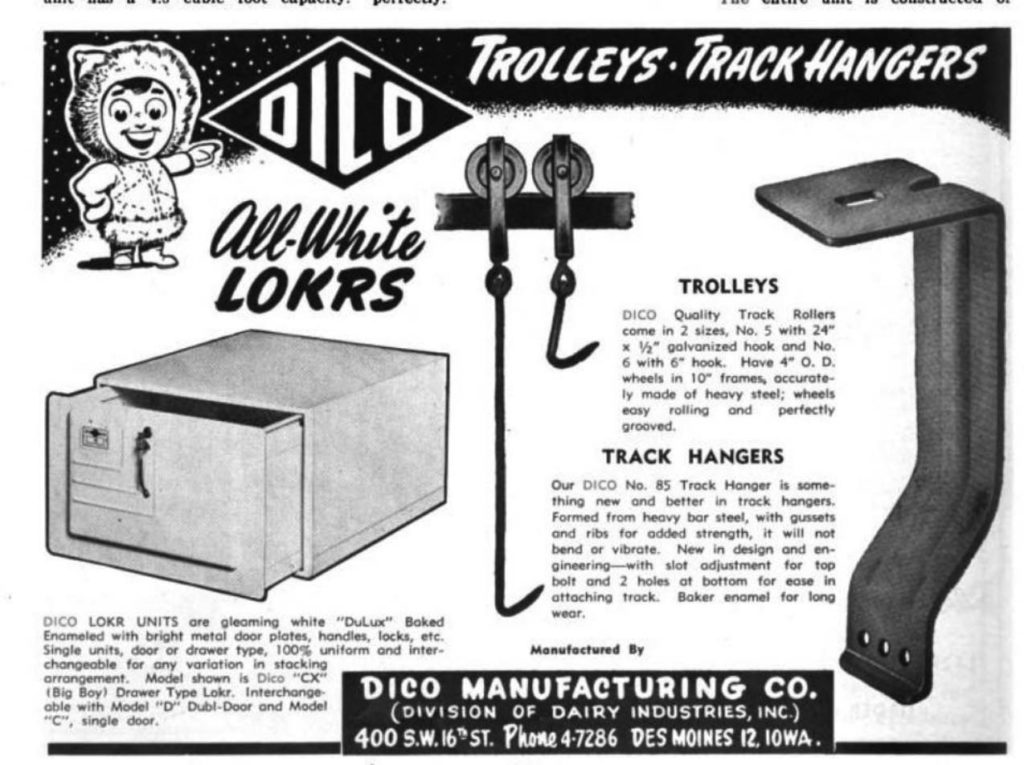




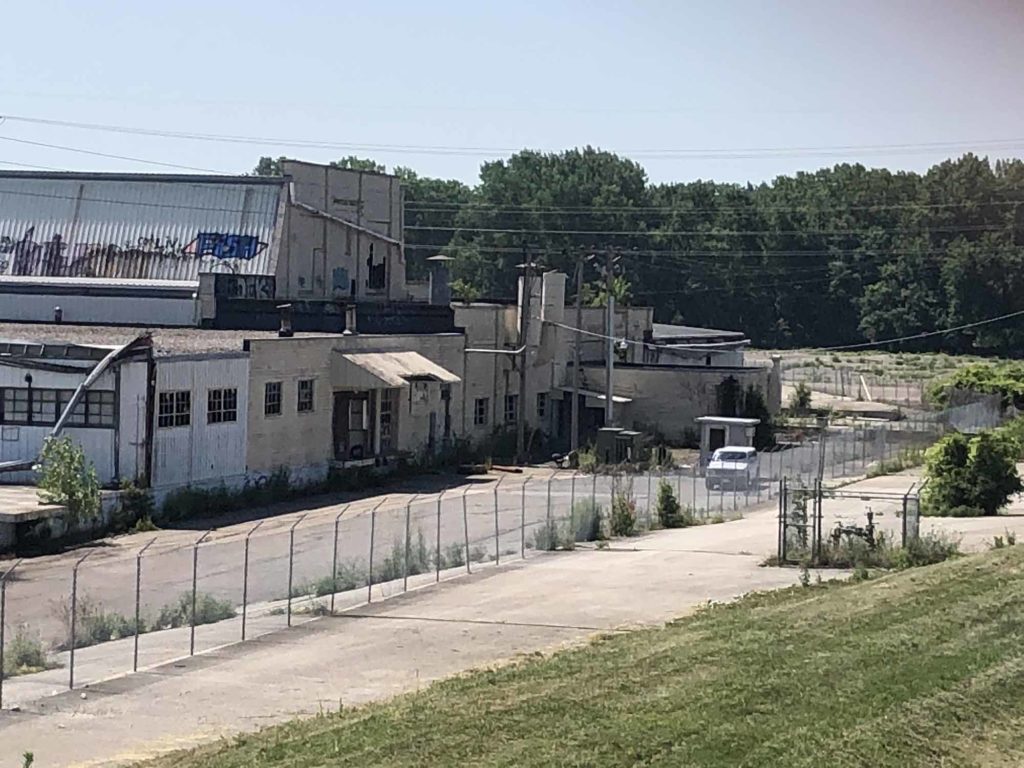
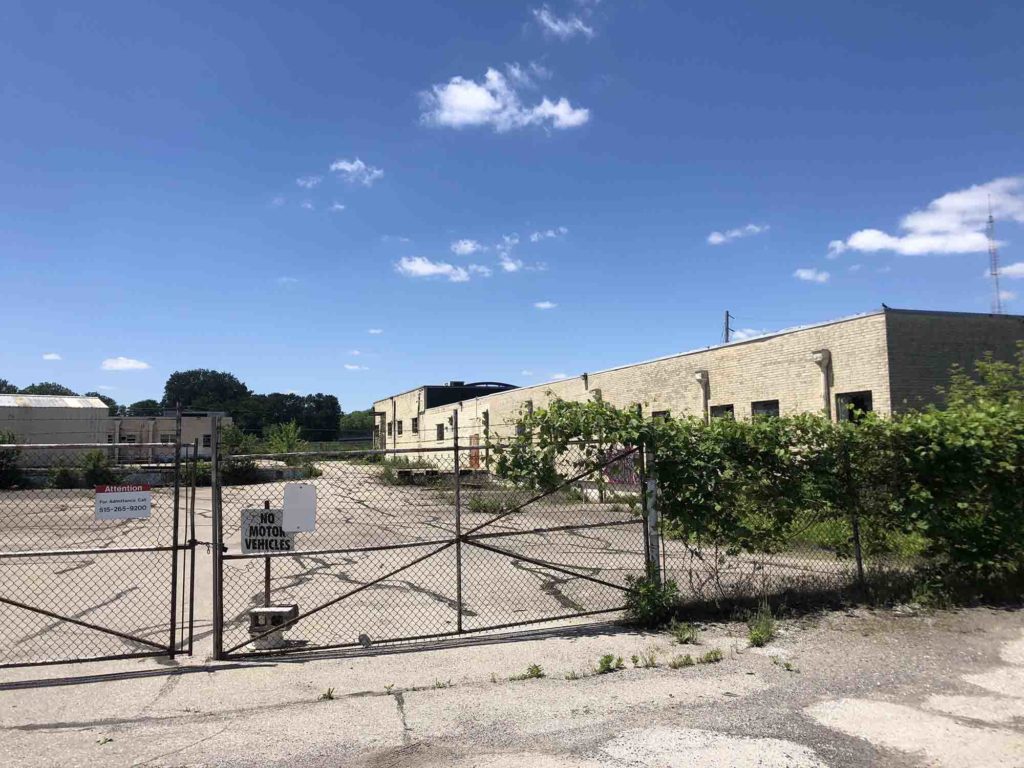



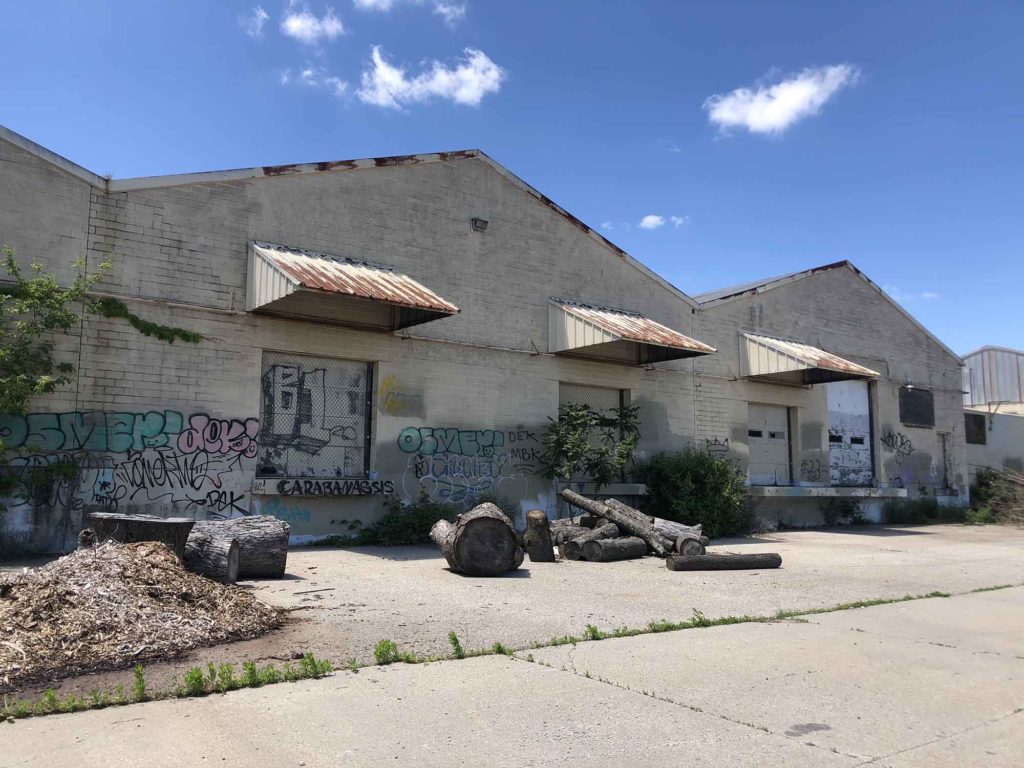
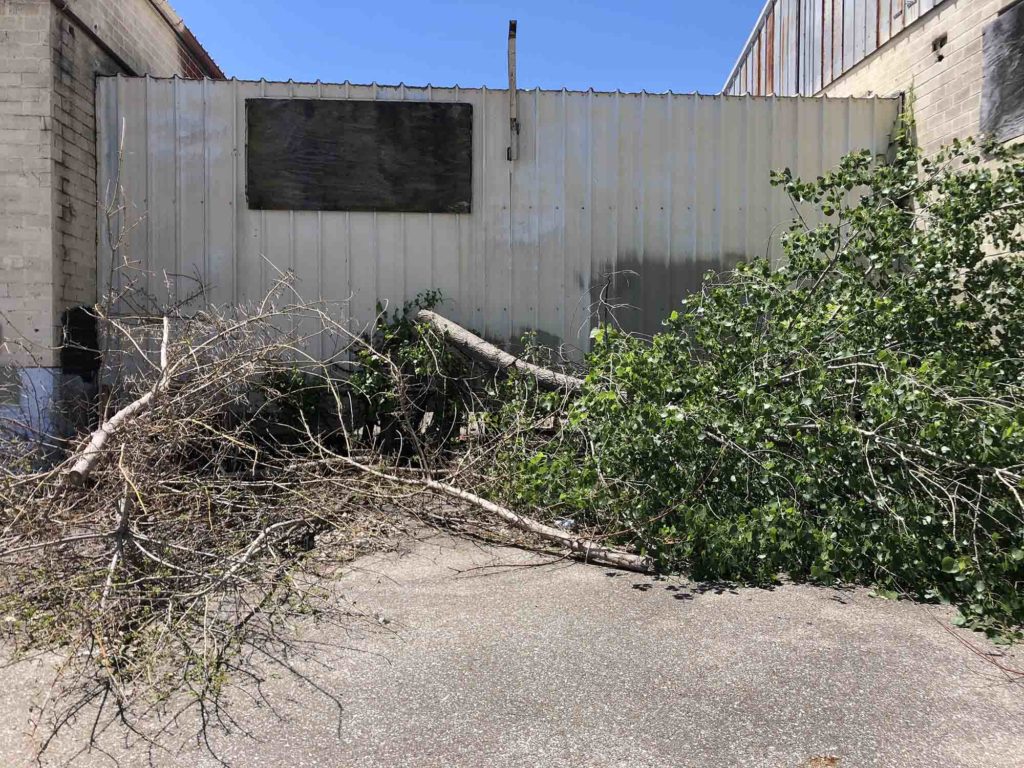


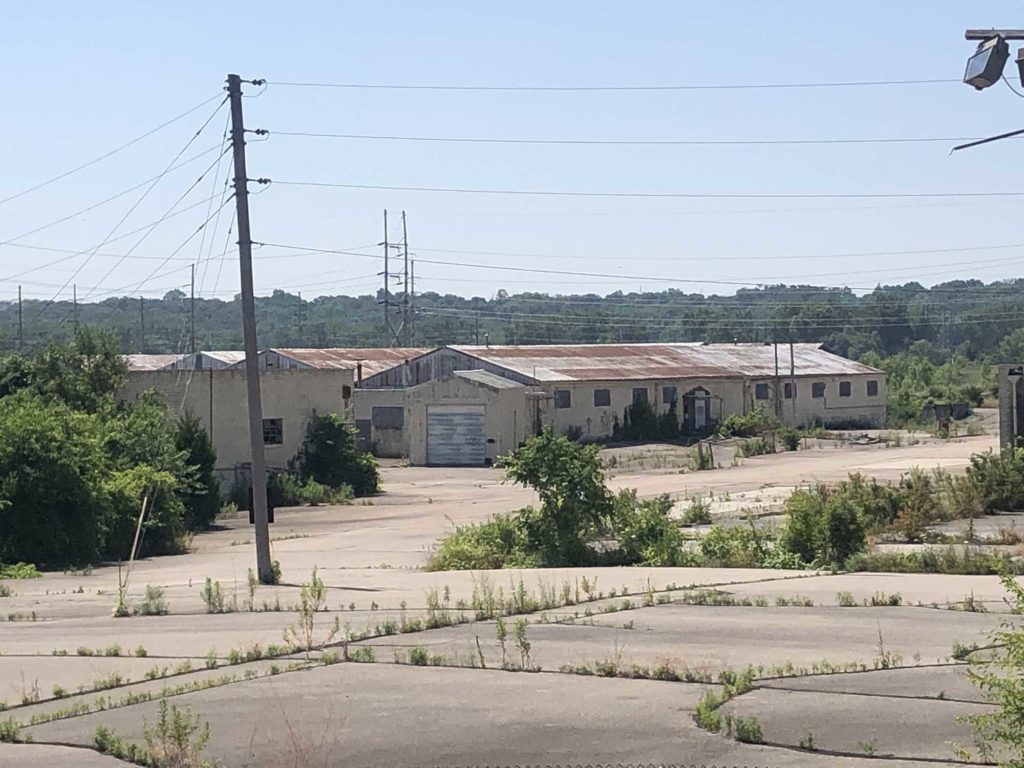
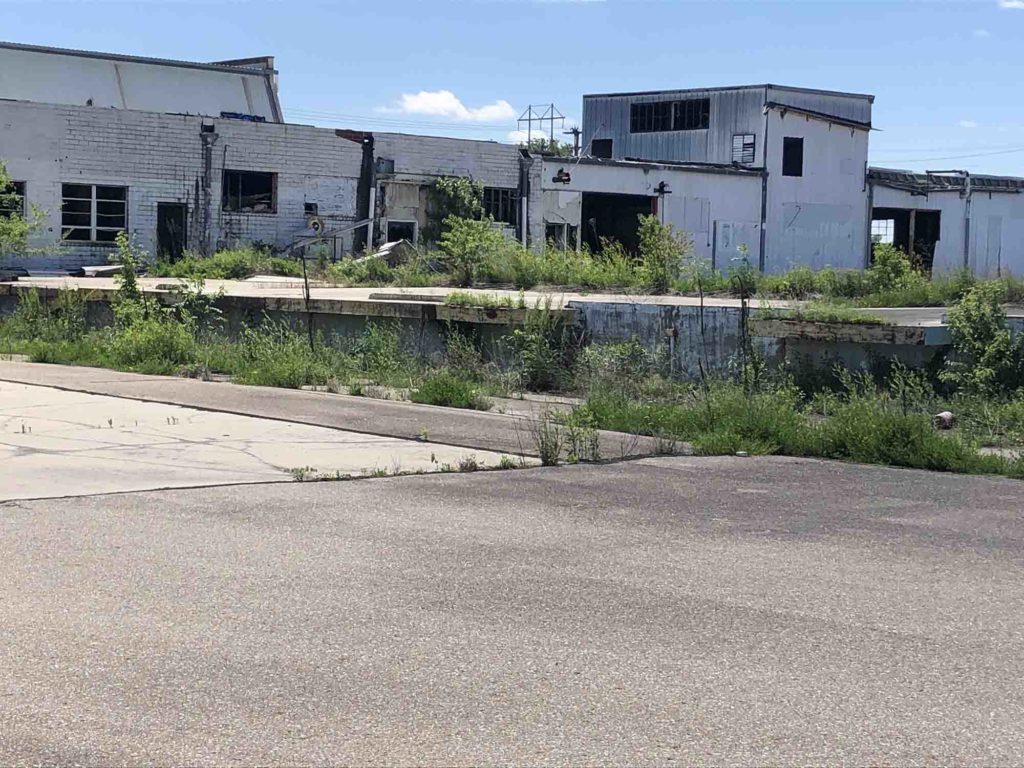
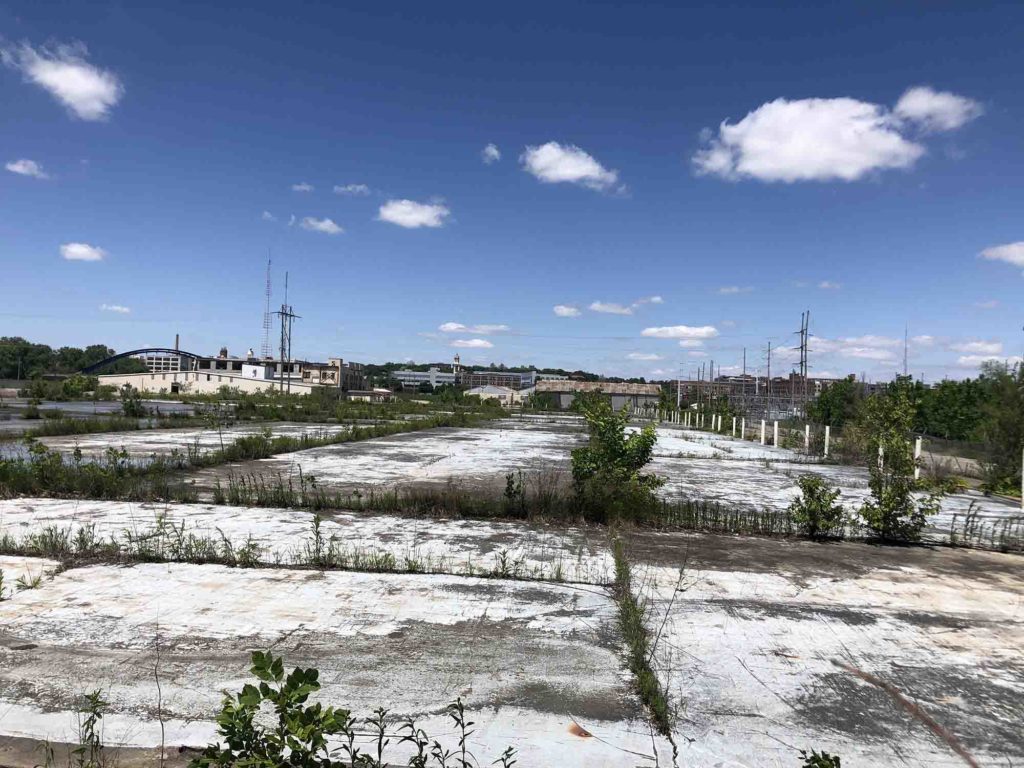
In 1983 the EPA designated the land as a Superfund site —
a federal designation reserved for the nation’s most toxic waste sites.
So what happened? Simply put…
Years of manufacturing contributed to contamination of the soil and ground water, specifically the chemical TCE. (Making this location unsafe for human occupation)
The old Dico plant, is 96 acres (some sources say 40 and 38) of contaminated soil/land owned by the Titan Tire Company. An iron foundry operated on the property from approximately 1910 until Dico Corporation purchased the property in the early 1940’s. Dico manufactured metal wheels, brakes and chemicals and pesticide formulation. From 1961 through 1993 Dico Inc. made freezers, ice cream machines and other dairy industry equipment at its factory on the site. Dico was purchased by Titan Wheel International, Inc. in 1993 and the Des Moines facility and contaminated grounds. Production at the facility ceased in 1995.
According to the EPA, the Dico plant specifically… degreasers containing TCE were used on-site during the manufacturing process of wheels and brakes. A large underground degreasing vat was located in a concrete containment pit inside Dico’s main production building. Drums of TCE were also stored on a concrete slab along the western wall of the building. The degreasing vat leaked unknown quantities of TCE. The oily waste sludge from the degreasing vat was applied to the ground surface of the Dico property as a dust control measure. Dico also disposed of the sludge directly onto the ground and covered it with dirt. These waste disposal practices were reportedly discontinued in approximately 1979. From the mid-1950s through the early 1970s, pesticide and herbicide formulation was conducted in Buildings 1 through 5 and in the Maintenance Building. The primary formulation activities were conducted in Buildings 2 and 3, while Buildings 4 and 5 were primarily used for chemical and product storage. (Source information EPA)
In September 1976, TCE was detected in the Des Moines’ north gallery groundwater infiltration system which serves as the city’s drinking water. Waste management practices contributed to the contamination: Use of waste sludges on road surfaces for dust control and land application of waste sludges. Further studies conducted in 1978 identified TCE contamination in the production well on the Dico property. Investigations by EPA suggested that solvent sludges used on road and parking lot surfaces could be the cause of subsurface contamination. Dico was identified as a possible contributor to the TCE-polluted water because it used TCE as a solvent to degrease metal wheels produced at its plant. The wheels were allowed to drip dry on a concrete pad near a production well. The company voluntarily ceased these practices by January, 1979, after state and federal officials alerted it to the environmental implications. In 1987 during the construction of the groundwater treatment system, pesticide-contaminated soils were discovered. Action to address the residual pesticide contamination in the plant buildings and soils around the site were completed in 1994. These actions included cleaning and sealing of interior building surfaces and placing an asphalt cap over soils with residual contamination.
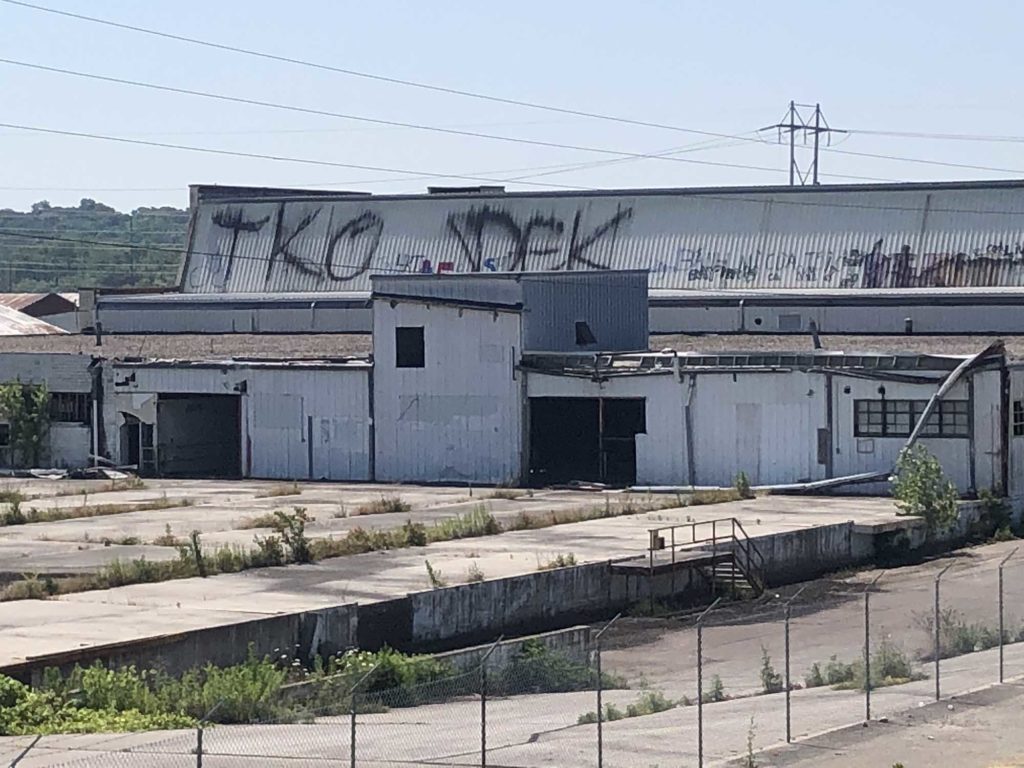
- 1993: Titan Tire Co purchases Dico
- 1995: Dico ceased manufacturing operations at the site.
- 2007: Buildings #4 and 5 were demolished.
- 2017: the EPA placed the property on a list of 21 Superfund sites targeted for immediate cleanup. (DM Register) The operation of the groundwater pump-and-treat system and groundwater monitoring continues.
- 2017: Recent soil and building materials sampling have been analyzed and negotiations concerning building demolition and disposal are ongoing.
- 2019: Negotiations between the City of Des Moines, Titan Tire and EPA are ongoing.
- 2020 September: The Des Moines Register reported the tentative transfer of the site to the city of Des Moines. Dico would be responsible for the 11.5 million in fines to the EPA and the land would be donated to the city of Des Moines. The EPA would demolish and dispose of the contaminated buildings and build a new groundwater treatment system to mitigate chemicals in the soil.The city will demolish the other buildings that do not have environmental concerns. (DM Register)
- 2021: Dico plant set for demolition
Currently no demolition has begun. (April 2021)
In the beginning…
The first manufacturing establishment on the site dating back to 1910 was the Des Moines Foundry & Machine Co.
According to the 1921 Des Moines and Polk County, Iowa, City Directory the listing read…Grey Iron, Brass, Bronze and Aluminum Castings Pattern Shop Contract Work Our Specialty
The Dico plant was built on the grounds of the old Des Moines Foundry and Manufacturing Co which in the early years had an earthen floor. The foundry made manhole covers and lamp posts.
By 1944 City diretories indicate Dico moved into the old foundry.
DICO – Dairy Industries Co.
Dico Inc. made freezers, ice cream machines and other dairy industry equipment at its factory on the site. Later, the plant made wheels for trailers and wheelbarrows. For nearly 40 years, DICO manufactured wheels and processed herbicides and pesticides on the property. (WHO13) (DM Register 2017)
Throughout the years the plant has grown and changed according to the industry needs. From it’s beginnings as a foundry to the sale to Dico in the 1940’s as a production plant. At one time a railroad spur was constructed to move supplies, and manufacturing directly to the plant. It was a rail spur of the old Norfolk Southern line that ran through the area. Part of the tracks can still be found tucked in the woods behind the plant. The were partially removed and the ties pushed into piles. Other track in the vicinity has also been removed in the last few years. According to the EPA, Dico received approximately 120,000 gallons per year of TCE between 1946 and 1980. At times, the TCE was delivered to Dico by railcar. Using an above-ground pipeline, the TCE was transferred from the railcars to a storage tank located near the southeast corner of the production building. Unknown amounts of TCE were spilled during the delivery and transfer operations.
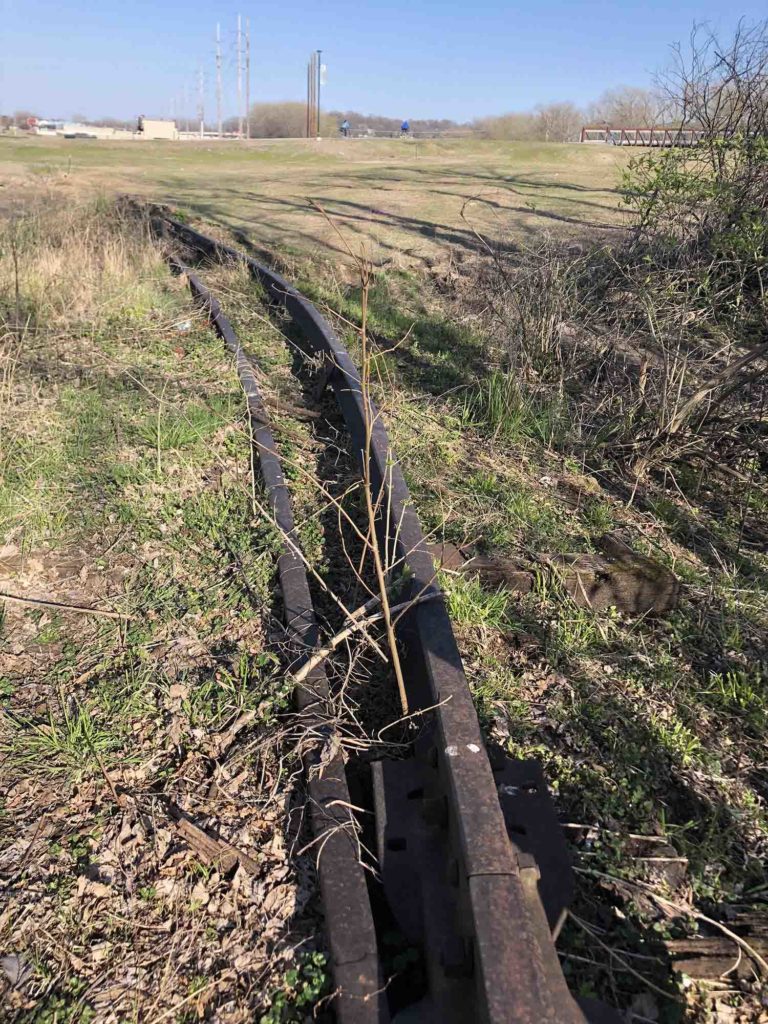

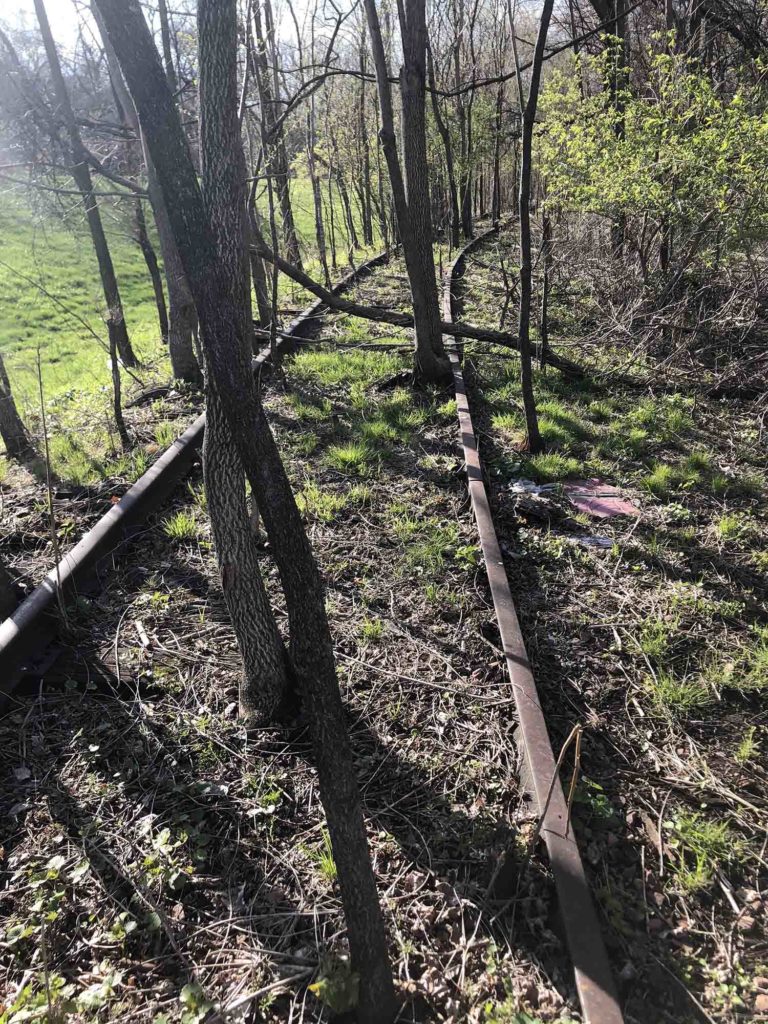
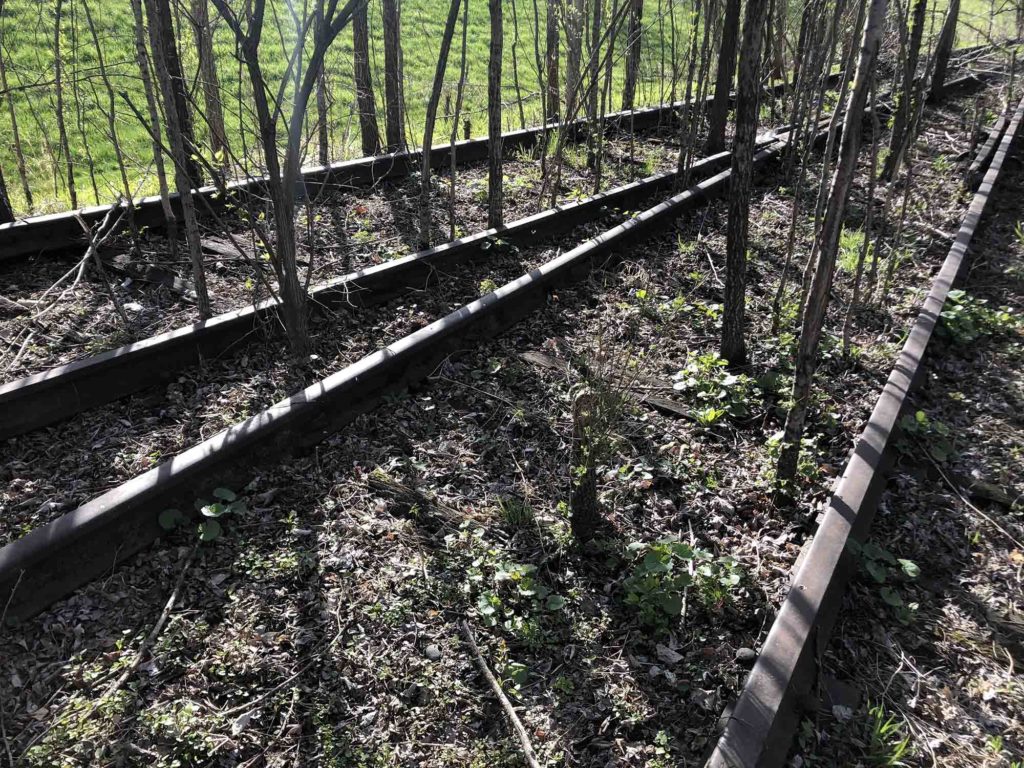

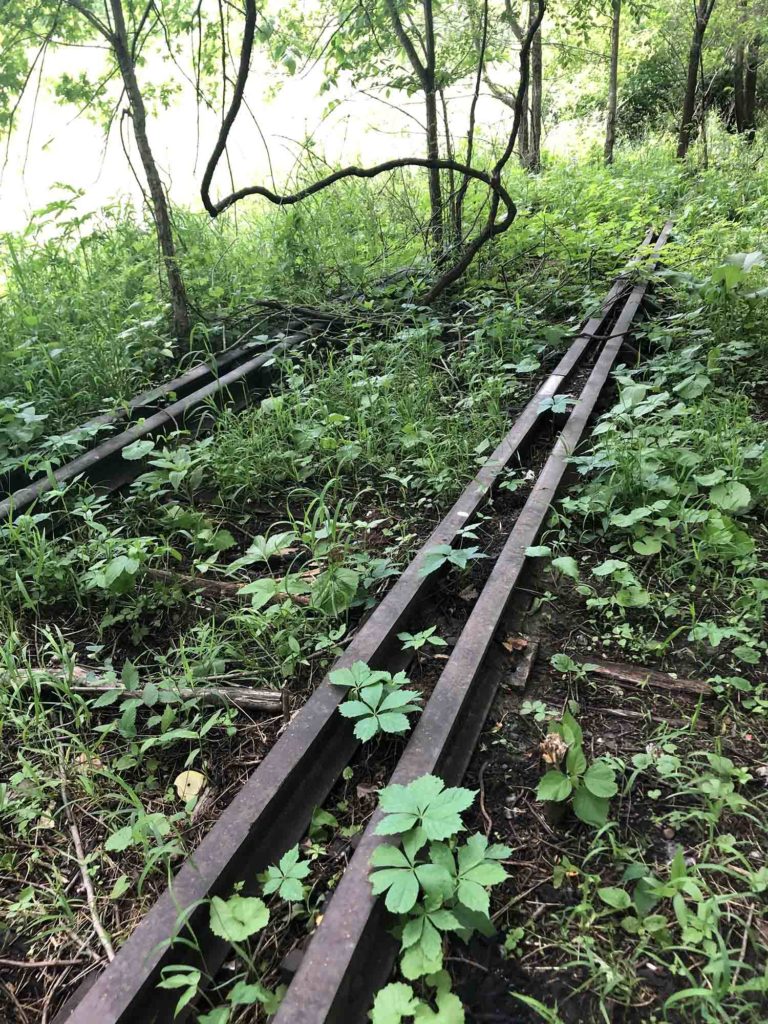
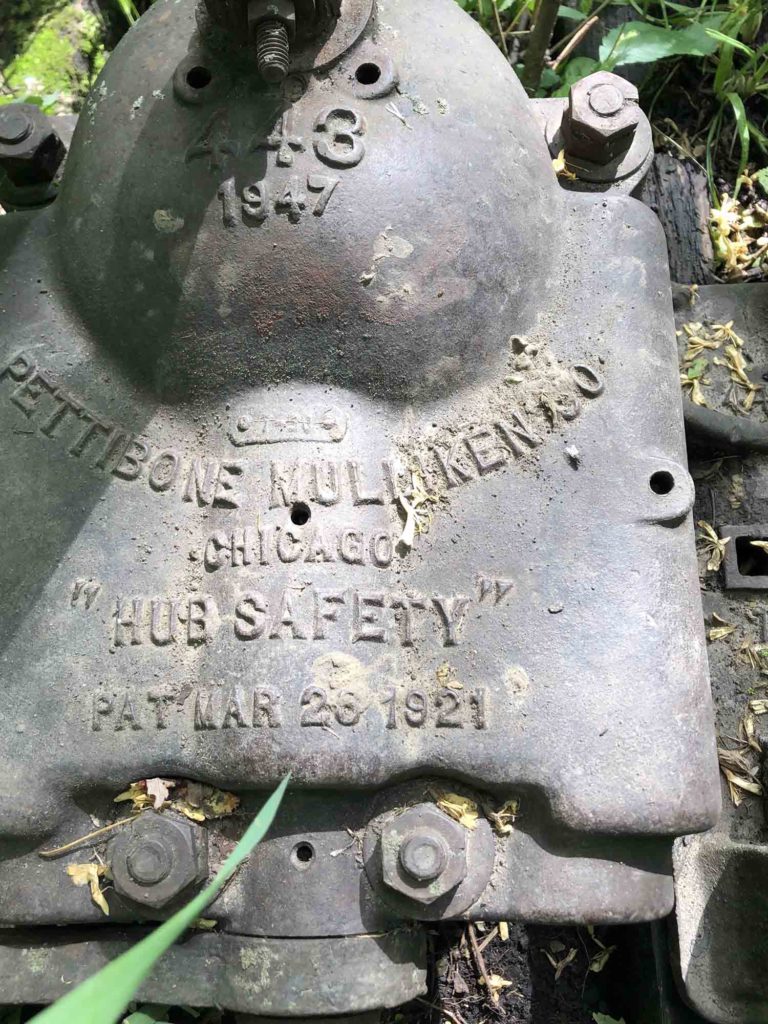


This notorious abandoned Des Moines Dico Plant structures were demolished… Coming soon a state of the art soccer stadium. But will they actually clean up this hazardous waste site?
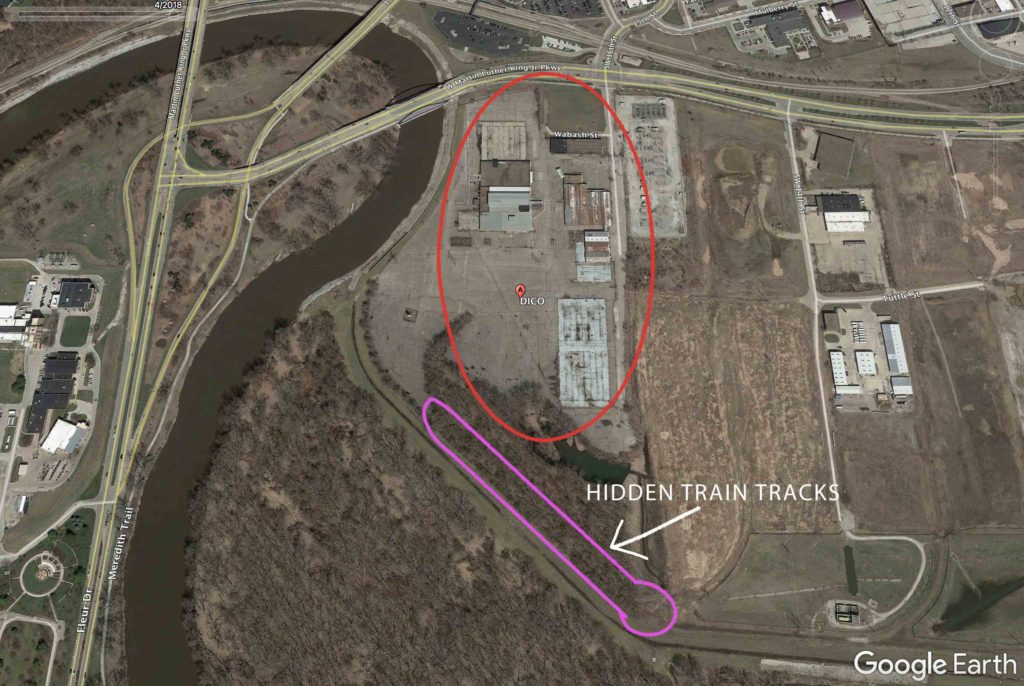
Photos by abandonedexplorers.com ©
Google Maps
Check out the Adventures with Robbie Youtube video below of the hidden track and a drive past of the plant.
Uploaded June 7, 2021
Amazon Links
Abandonedexplorers.com is a participant in the Amazon Services LLC Associates Program, an affiliate advertising program designed to provide a means for sites to earn advertising fees by advertising and linking to Amazon.
As an Amazon Associate I earn from qualifying purchases.
Etsy -The Experiment Lab
Check out my Etsy shop for cool handcrafted items.










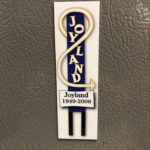


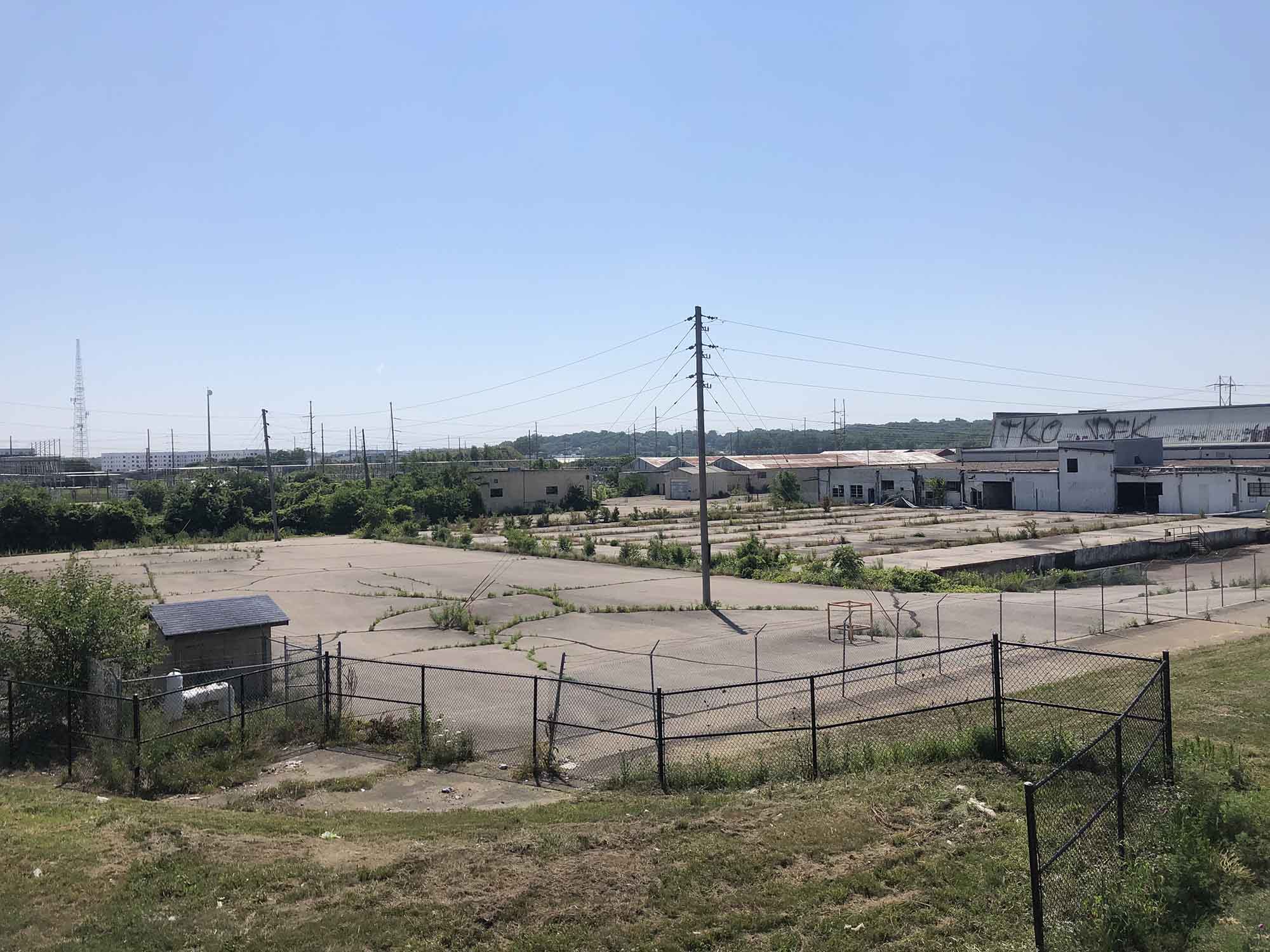
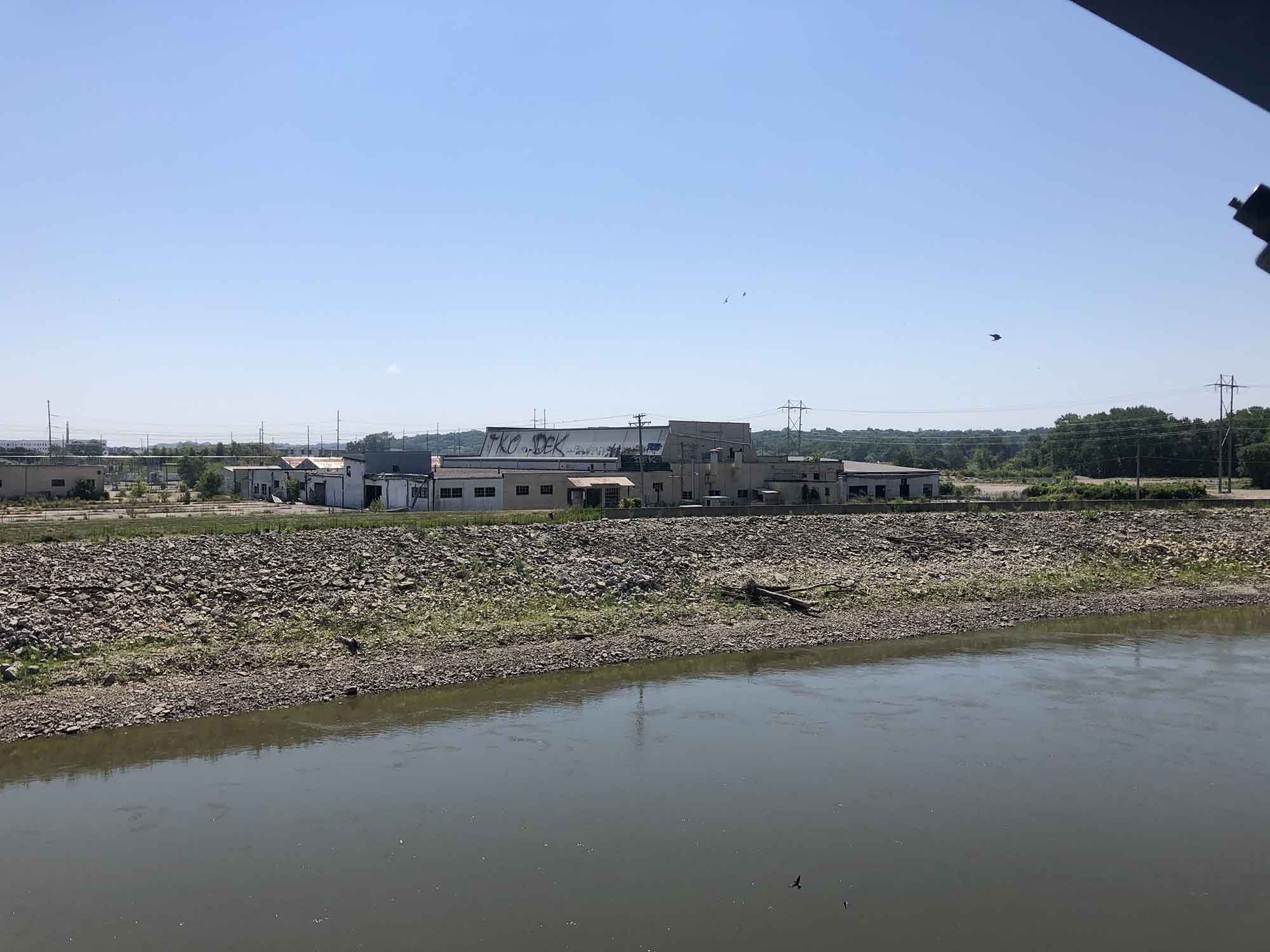
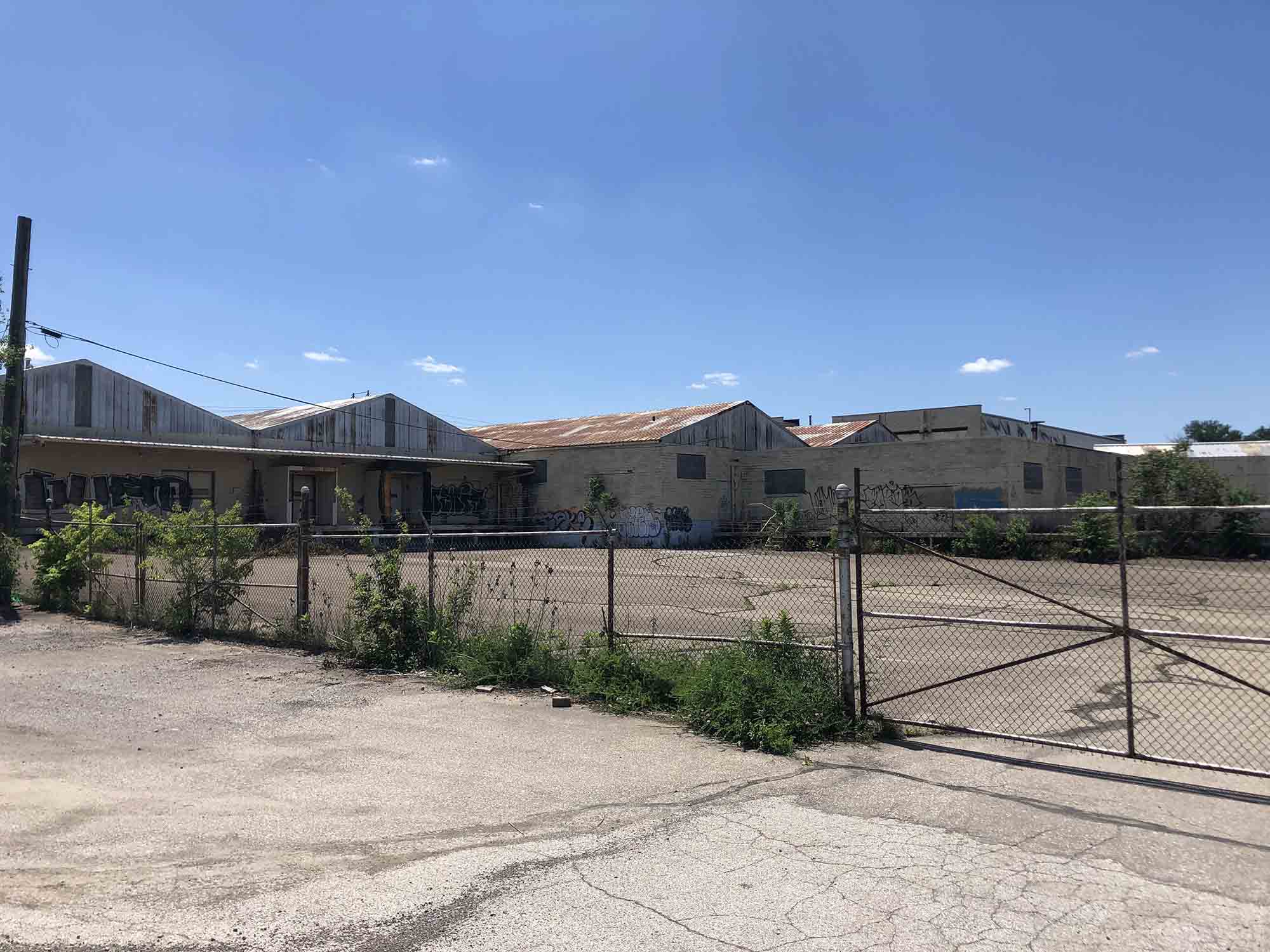

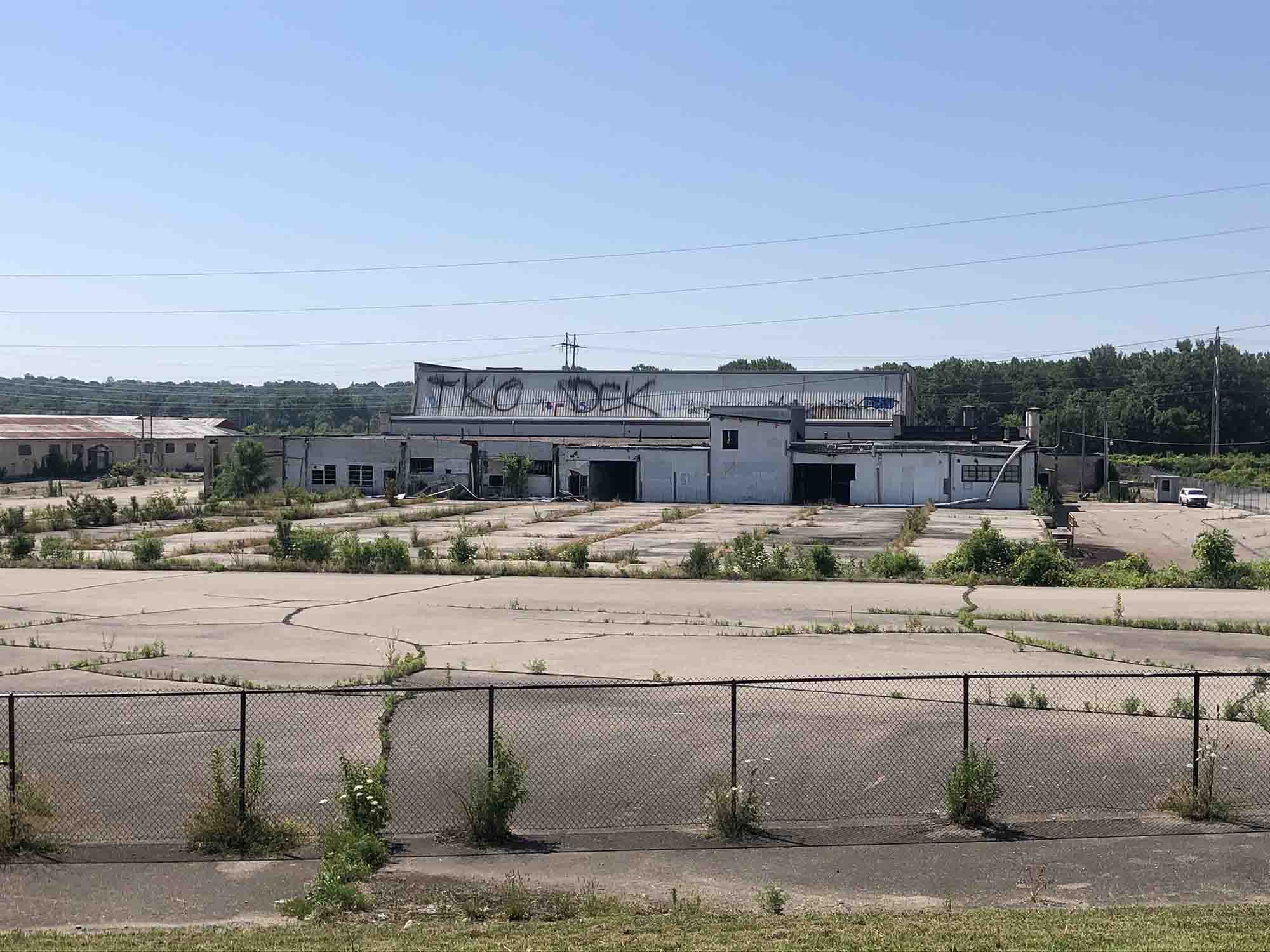
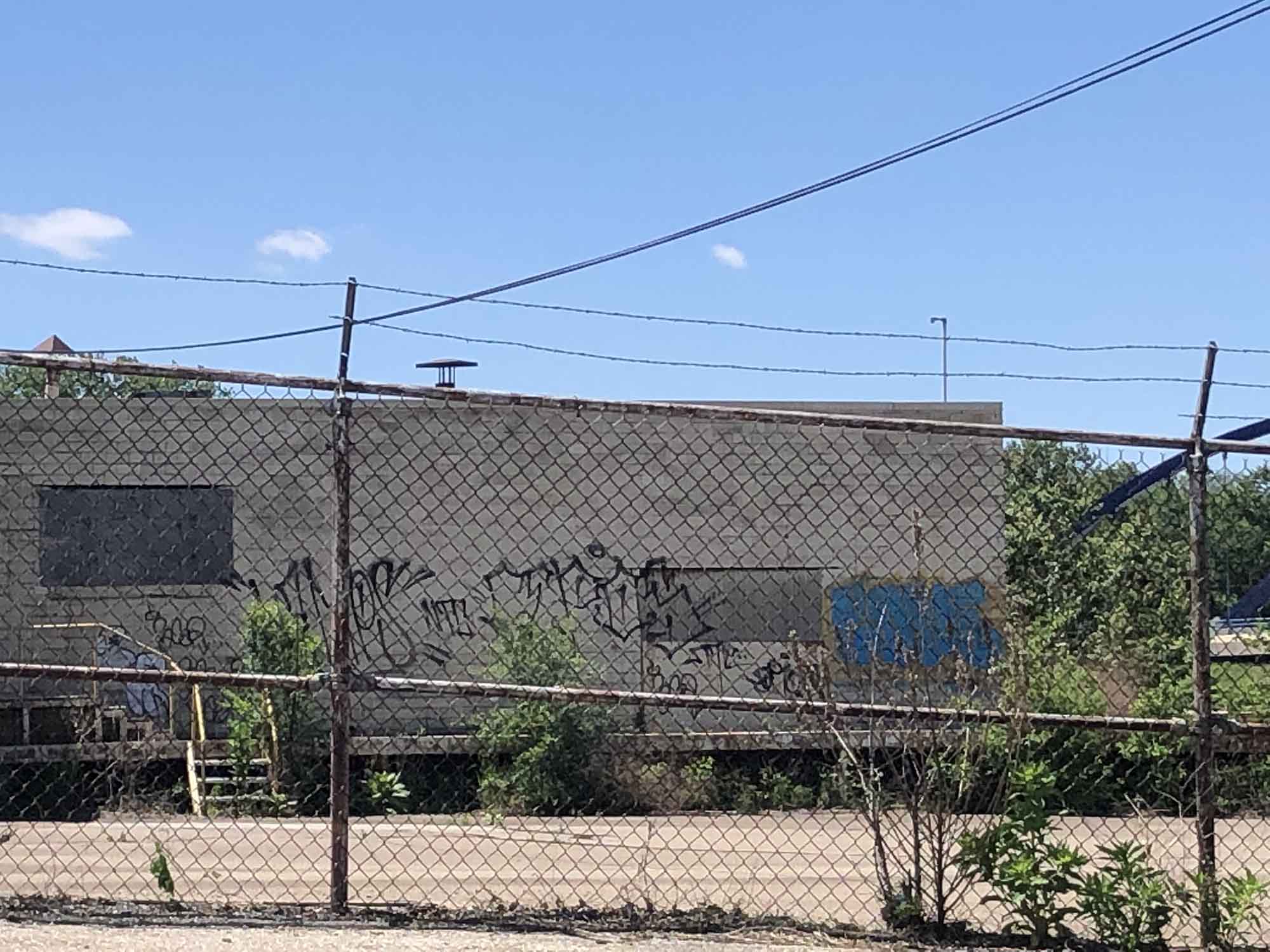

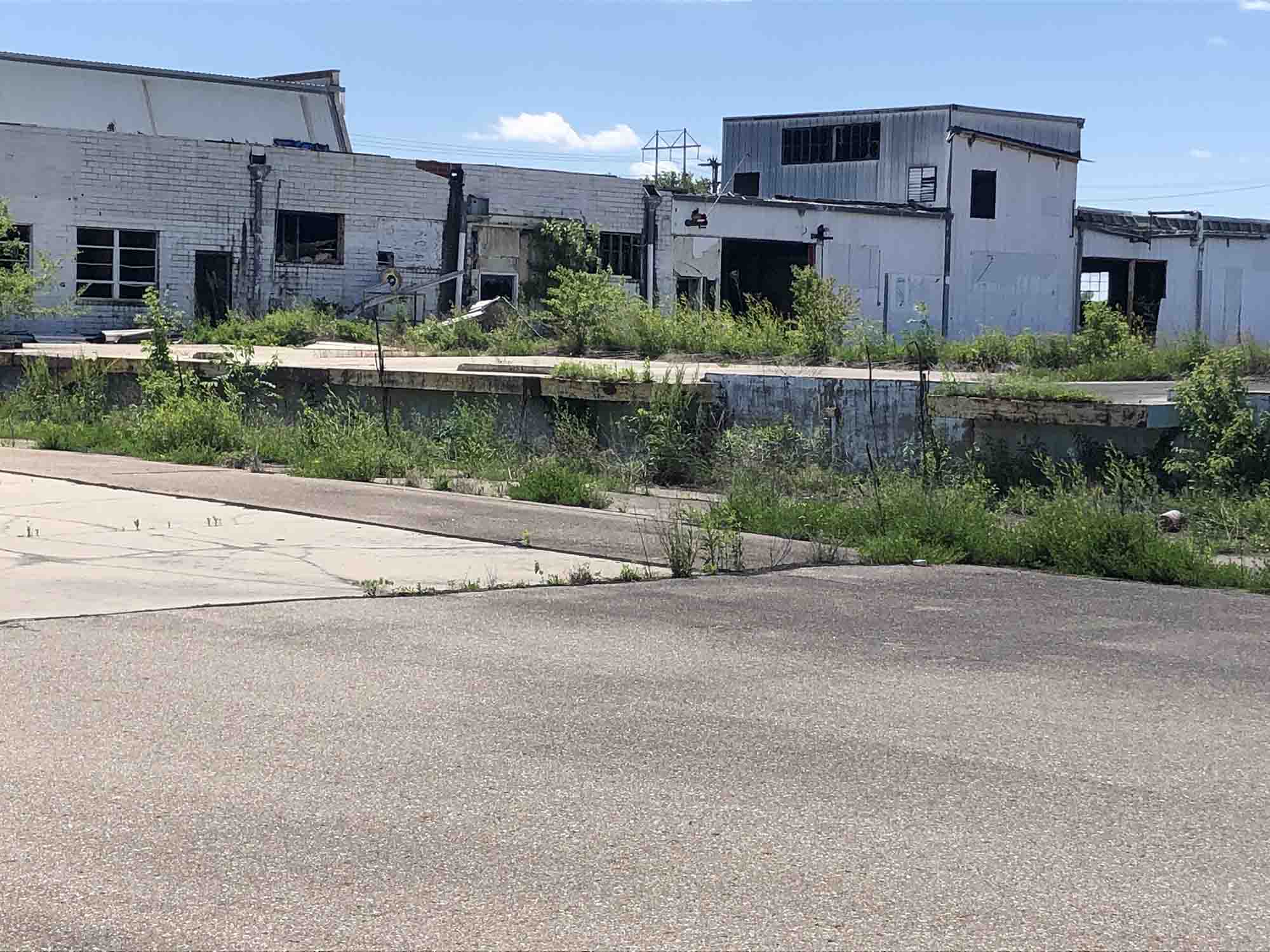
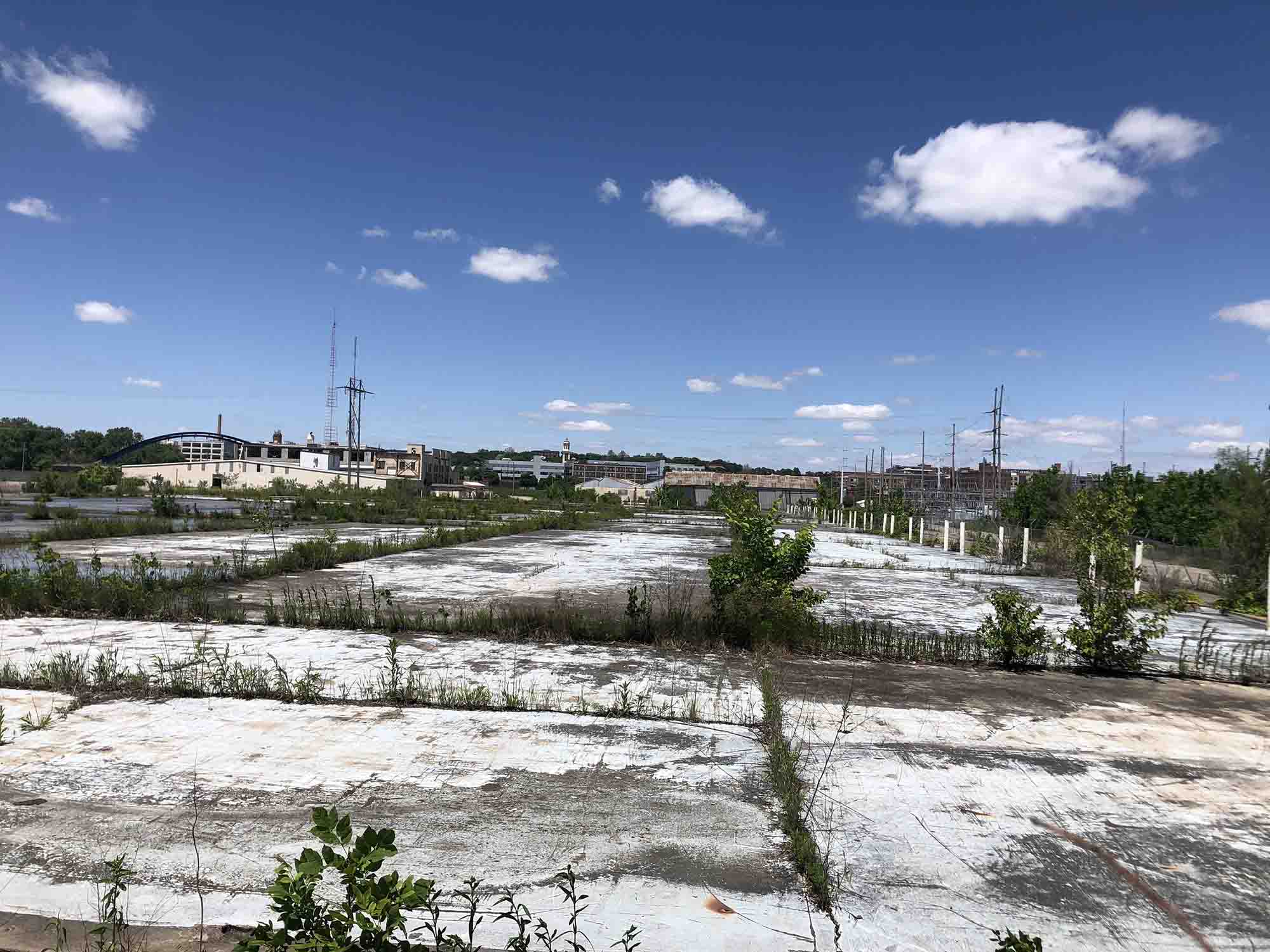

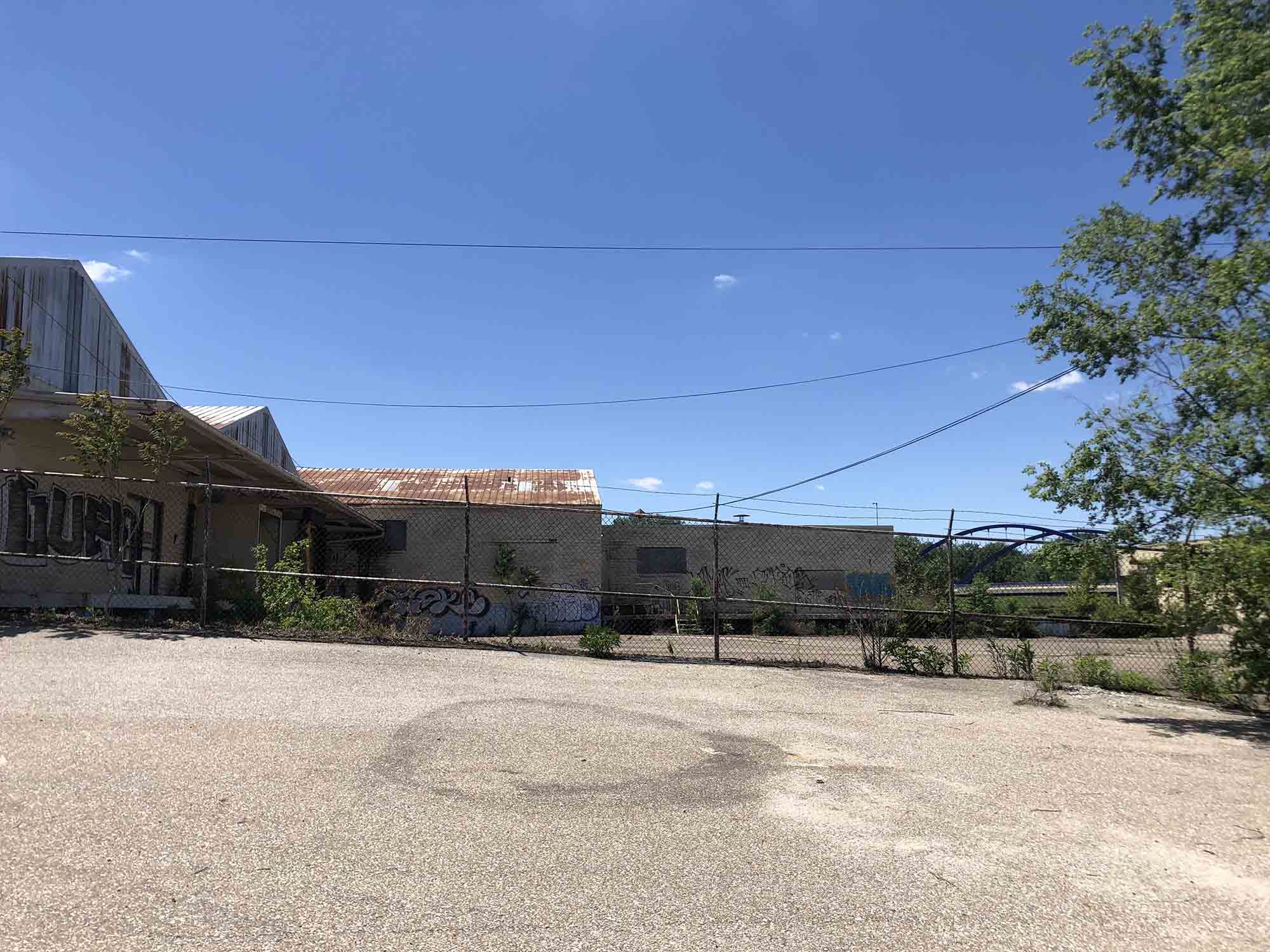














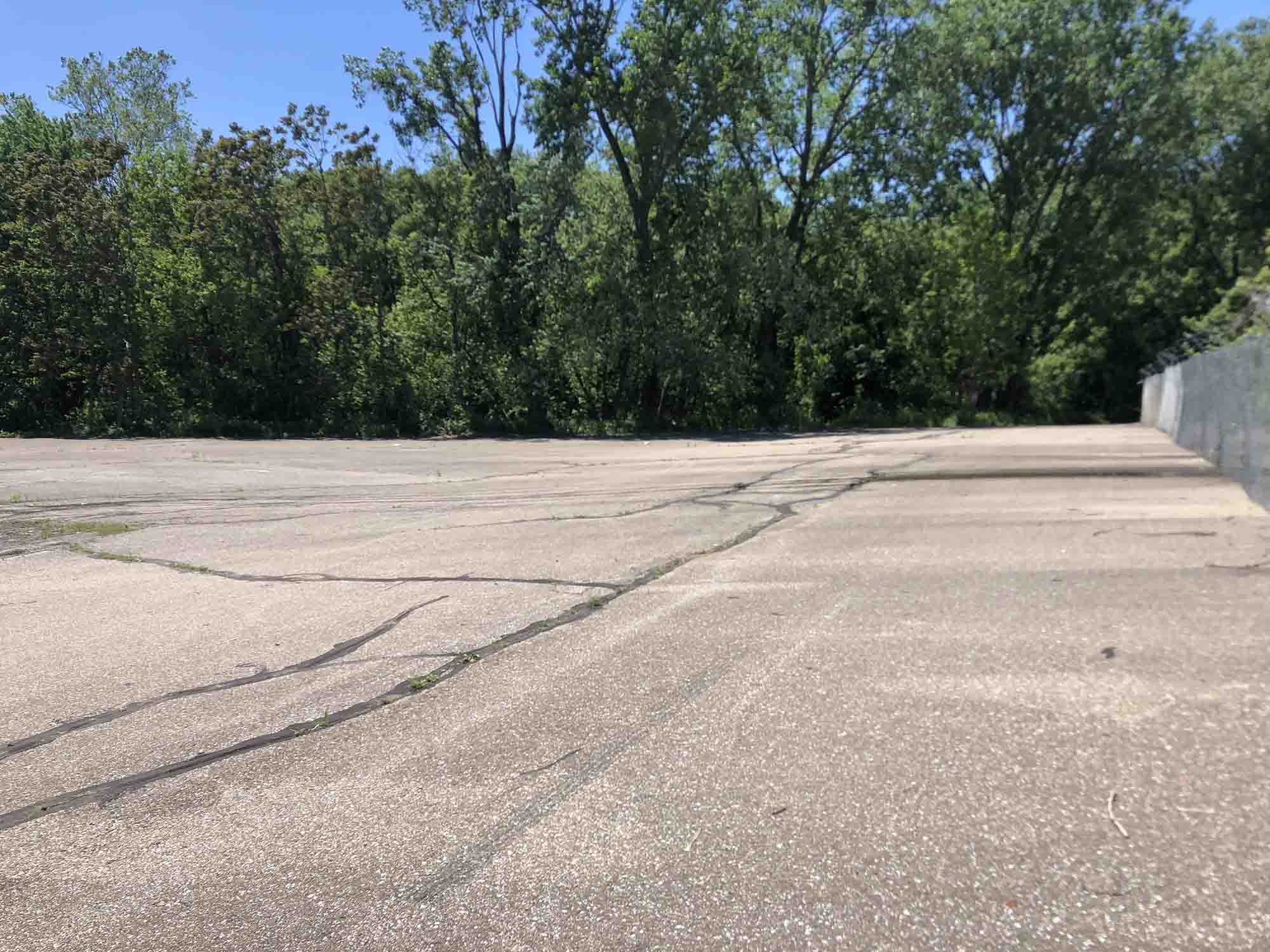


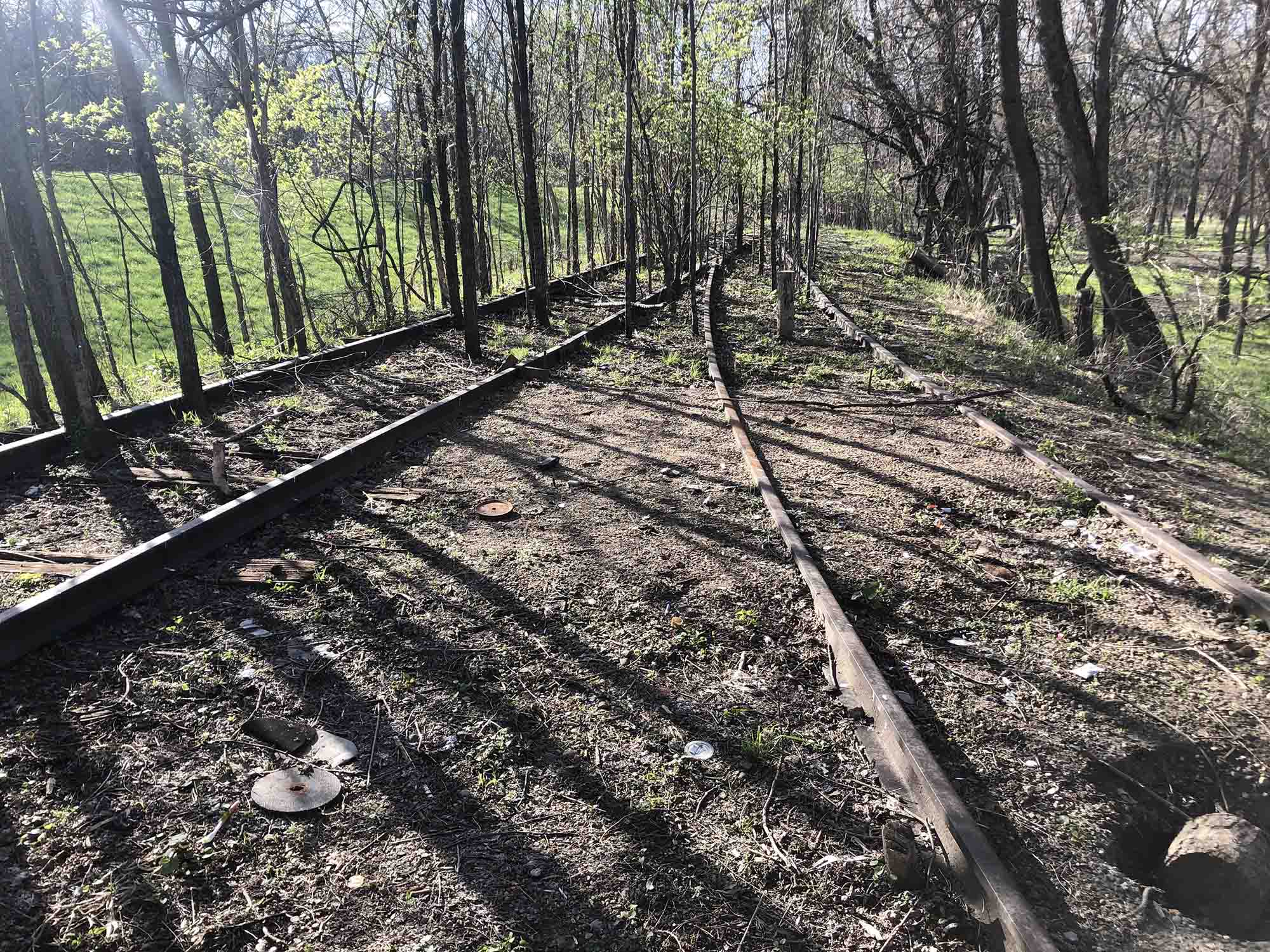
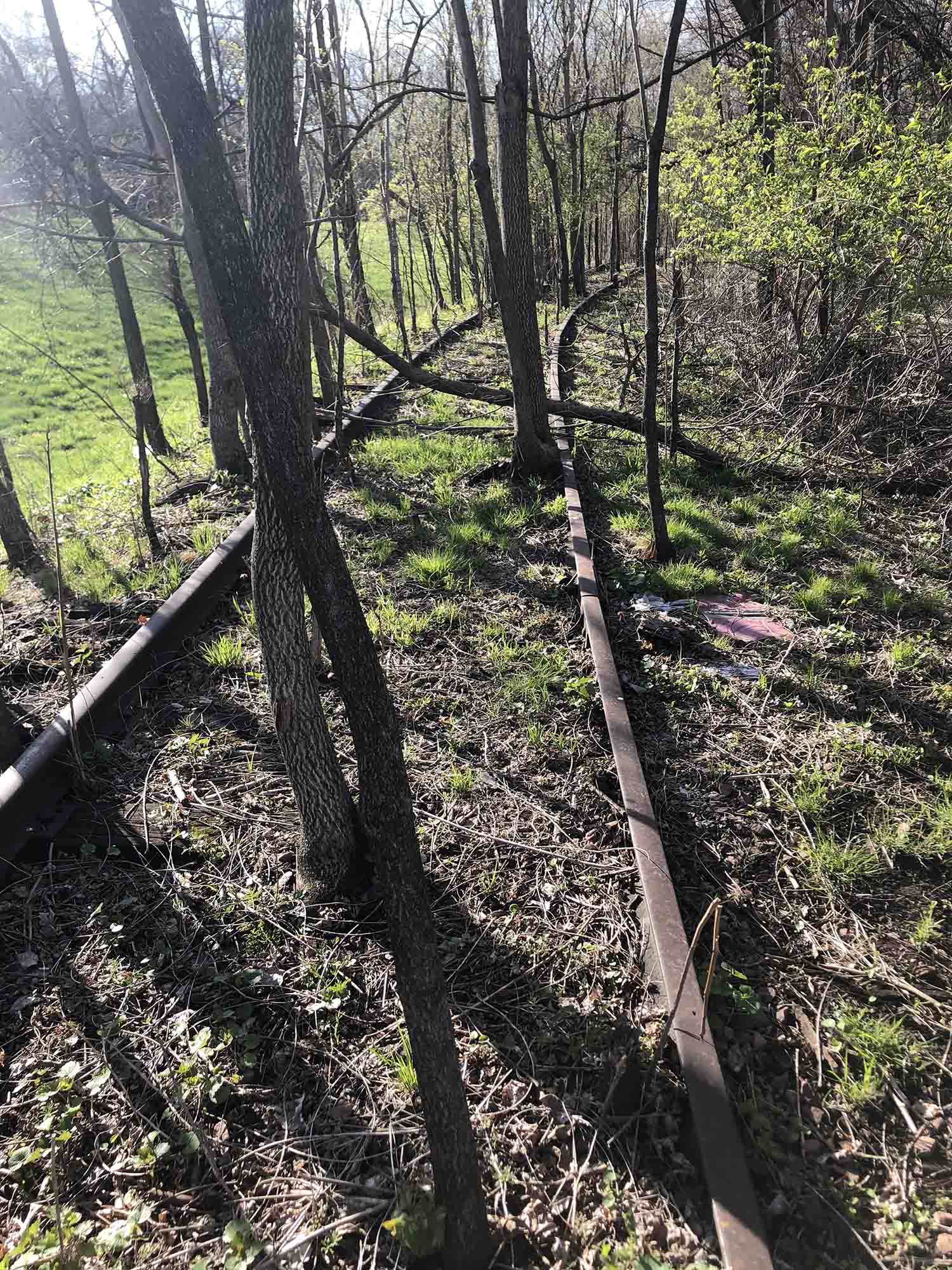


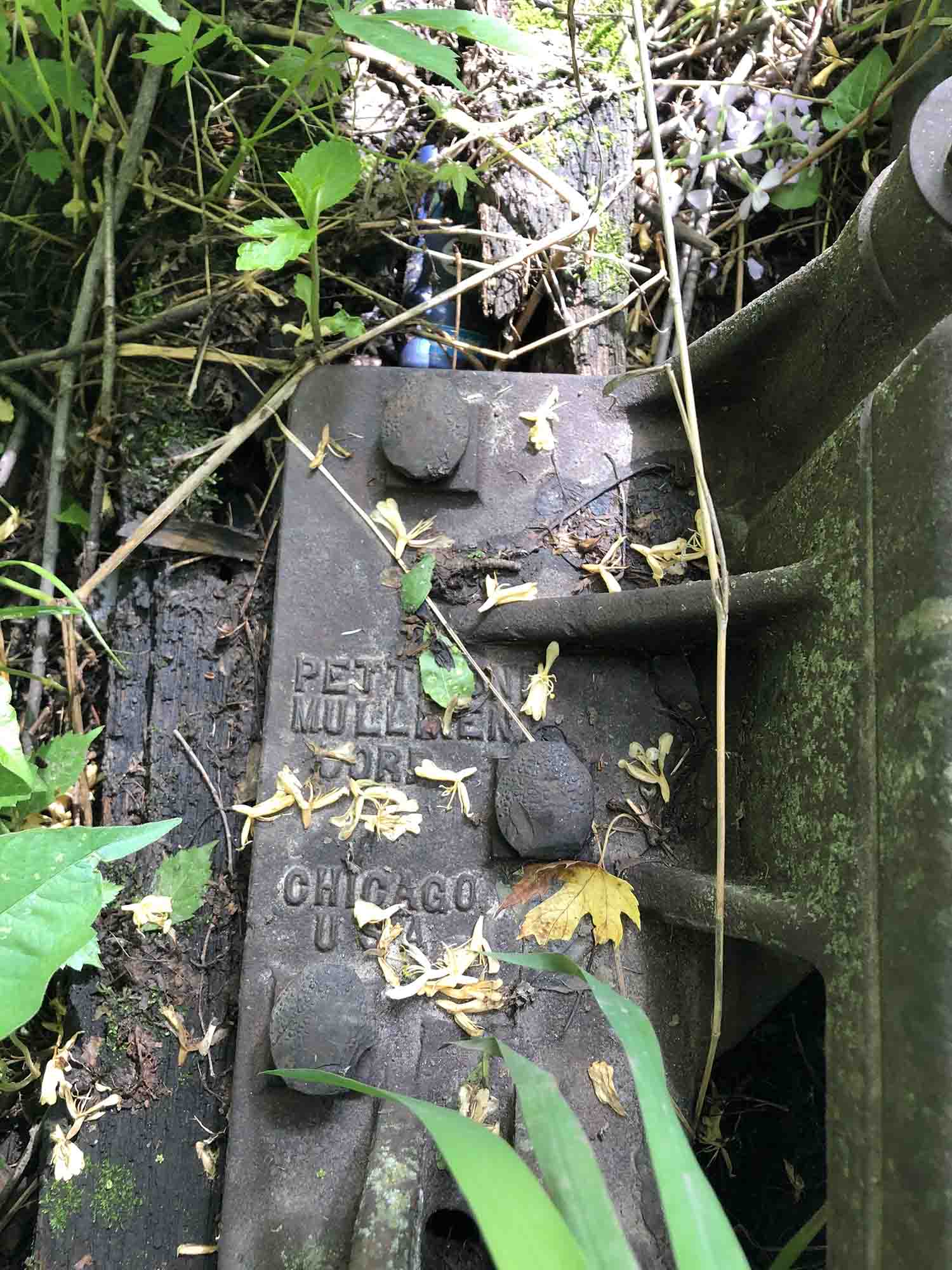

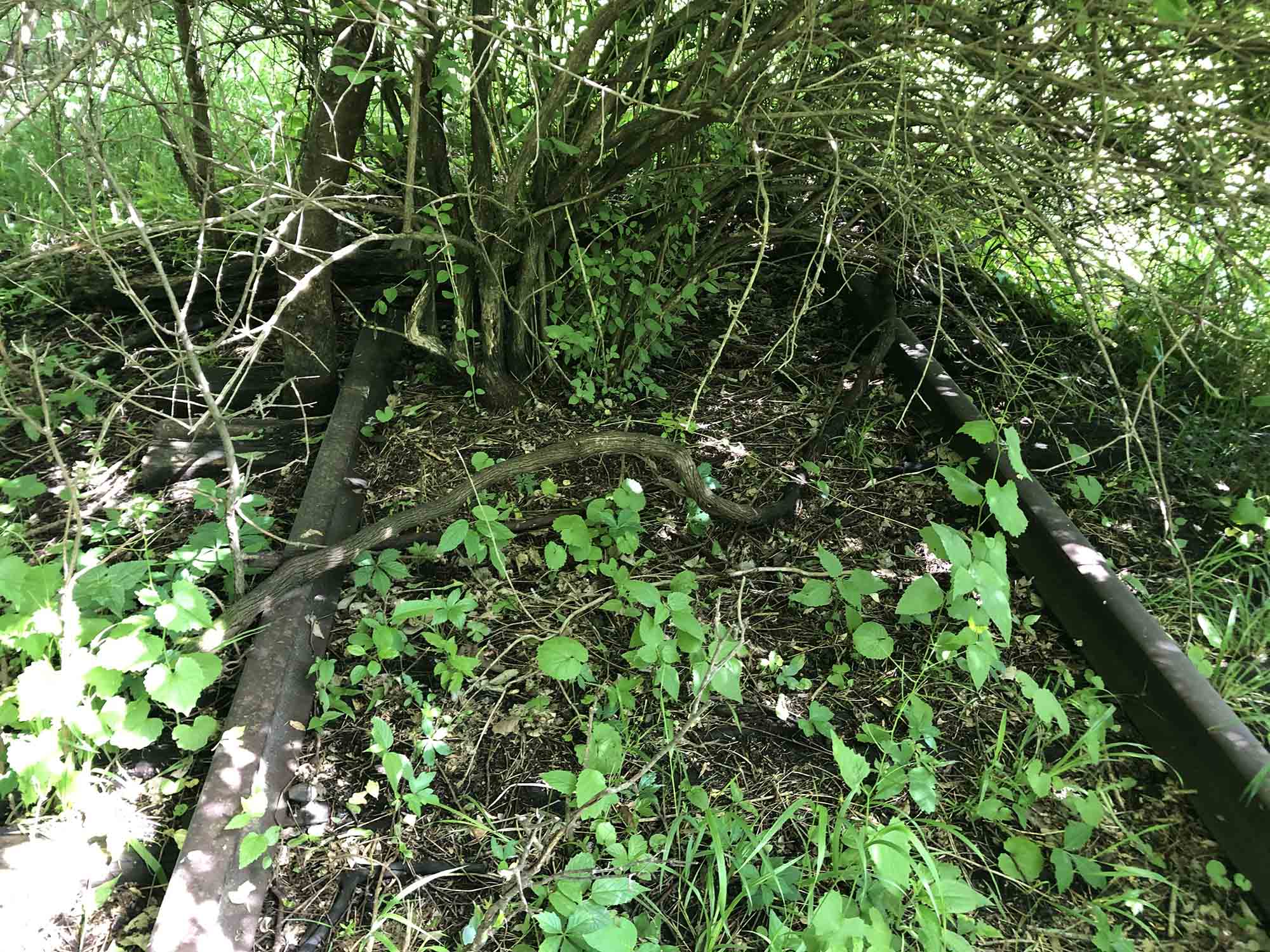
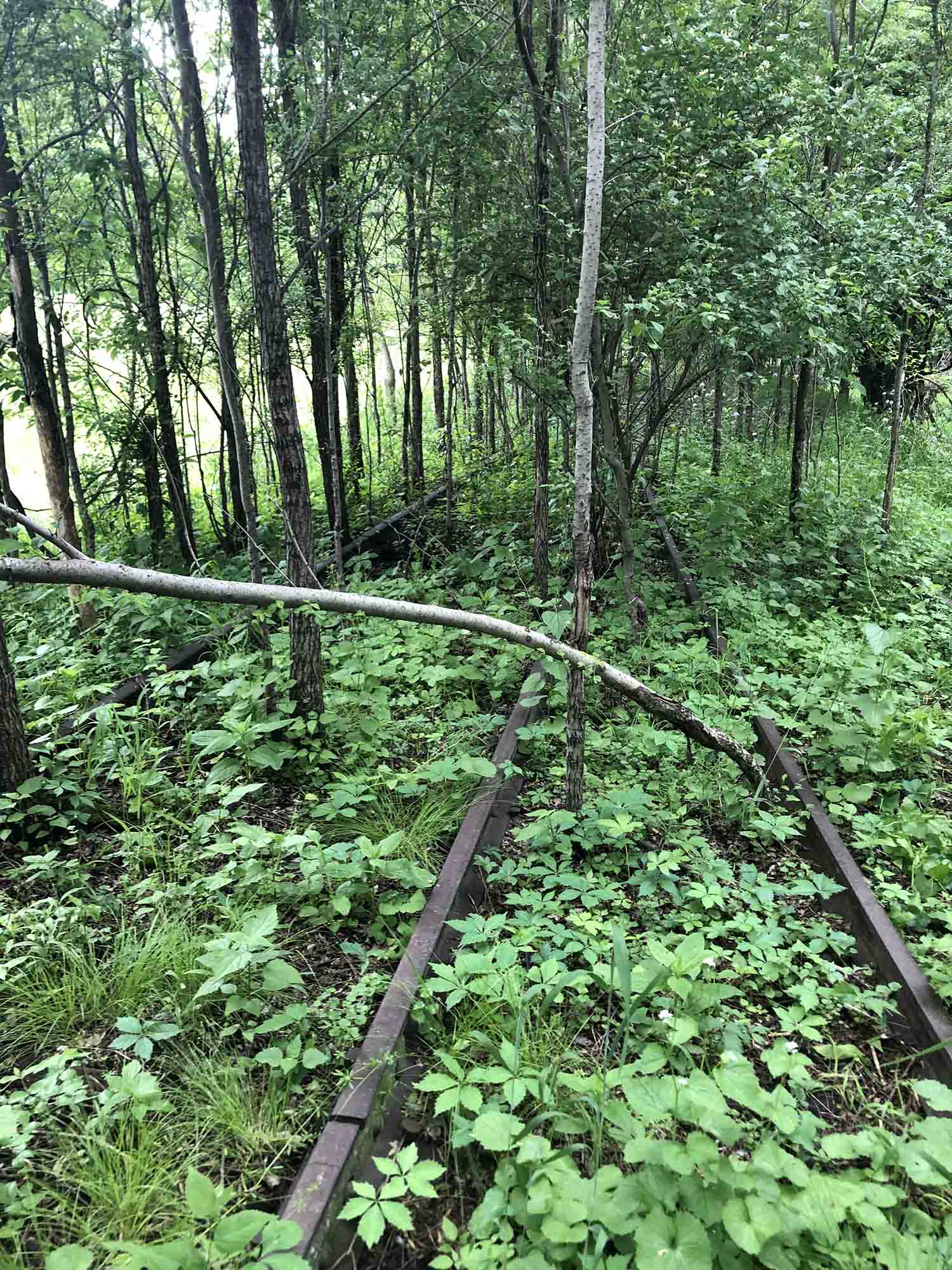
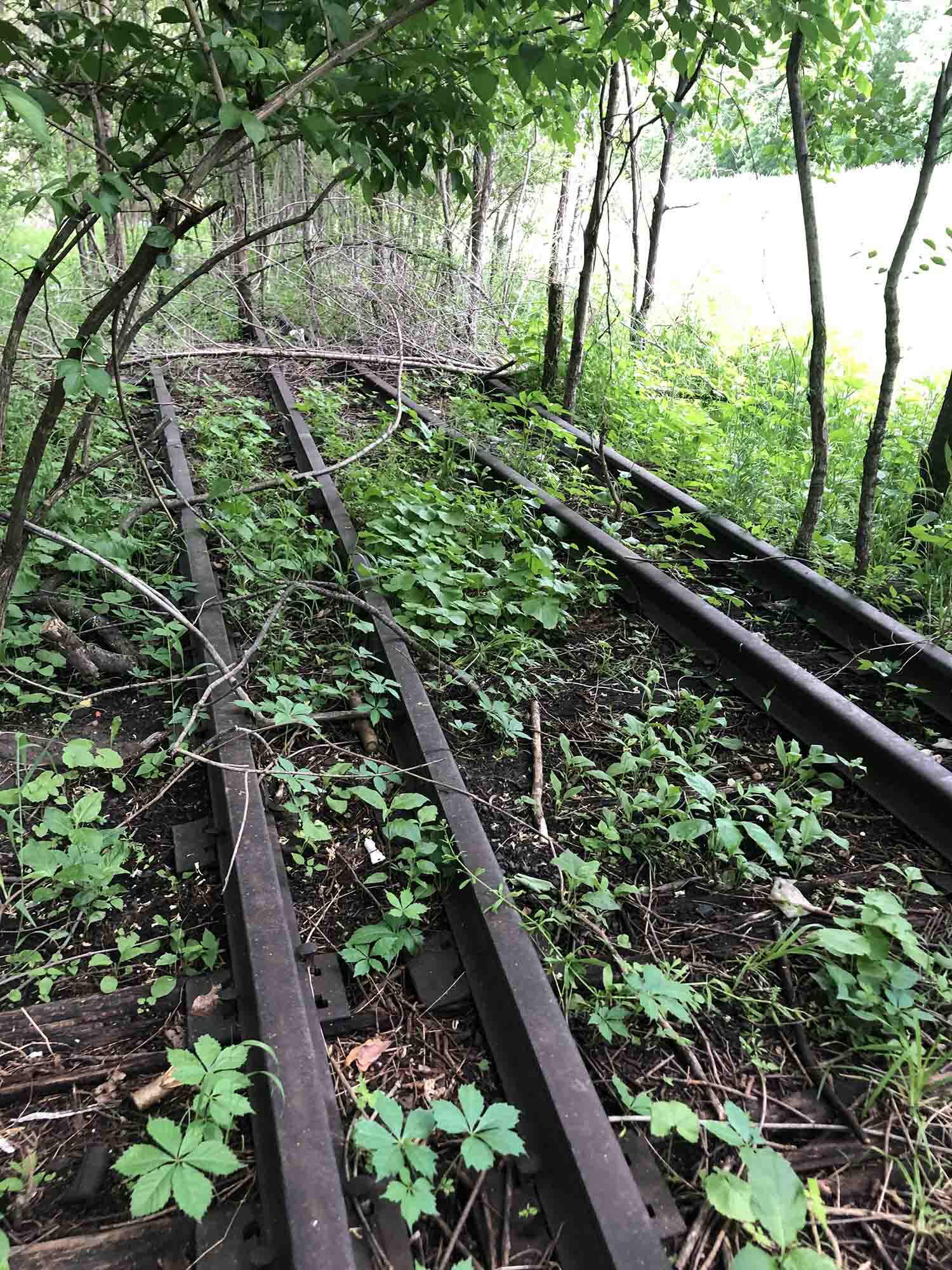
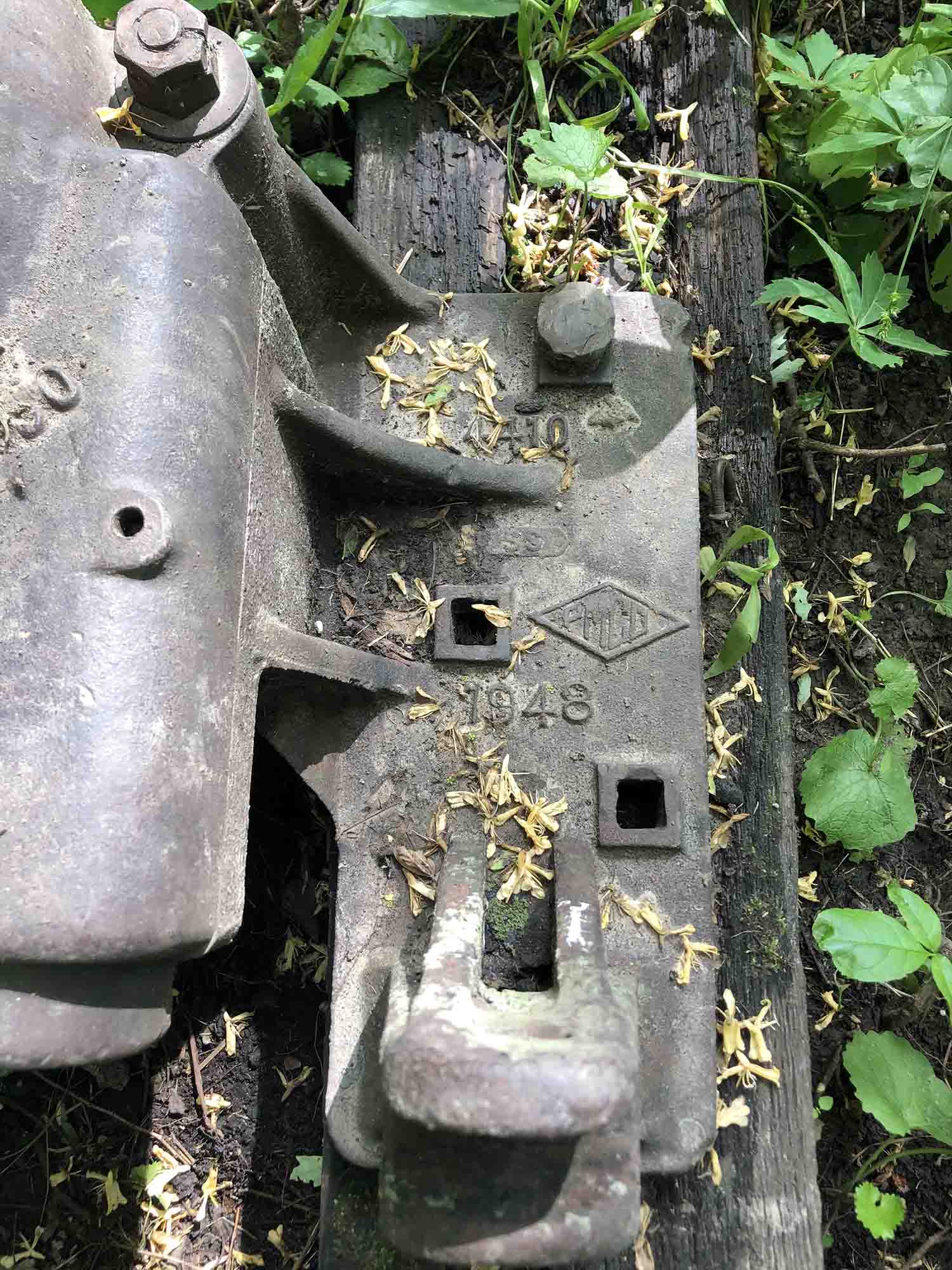

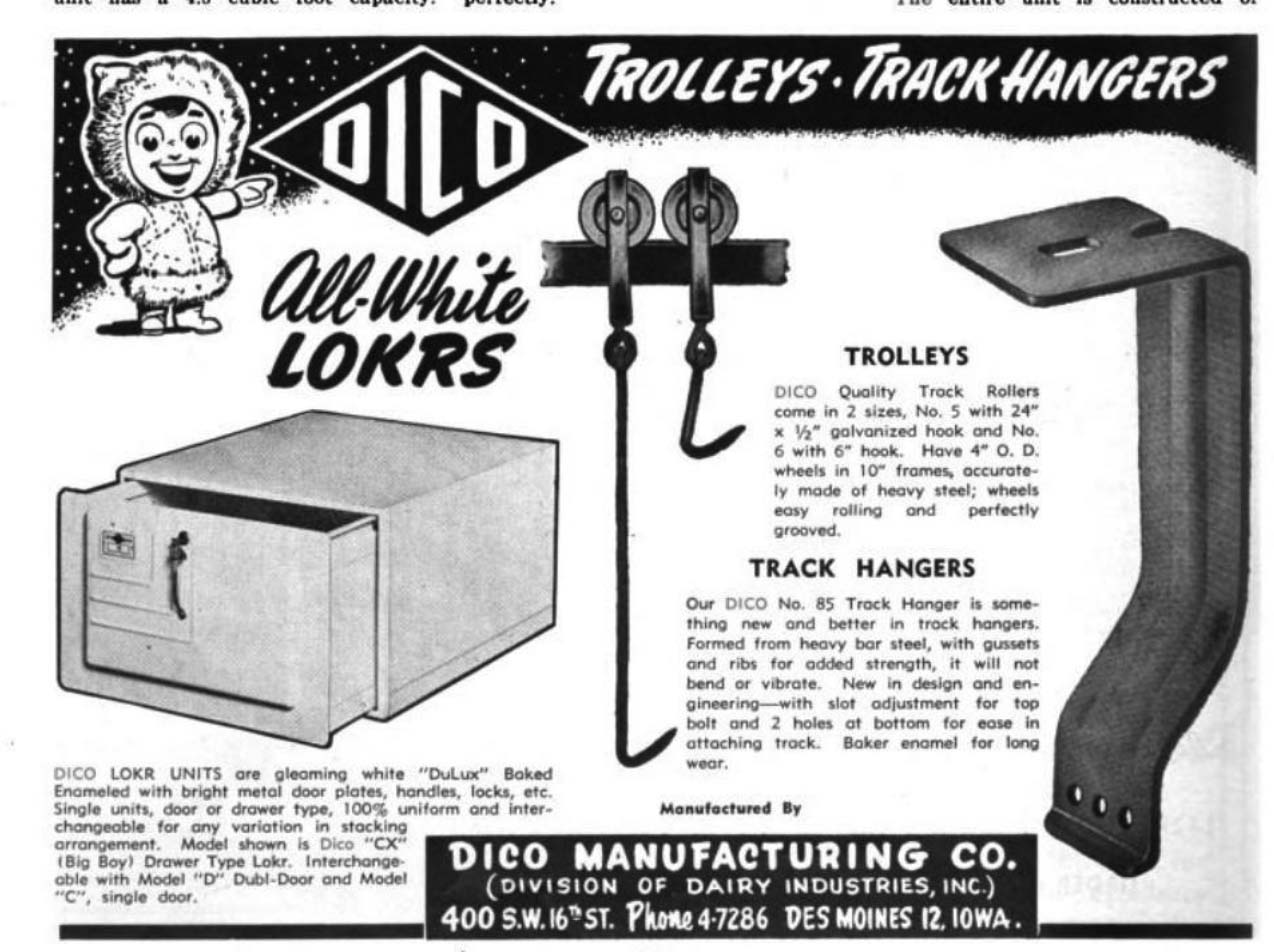

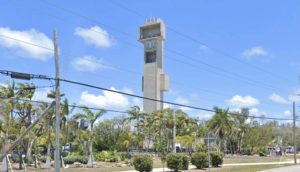
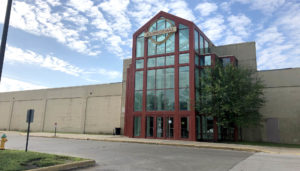
looks really cool but most of the structure was demolished. the foundations are still there and im guessing the tracks are still there